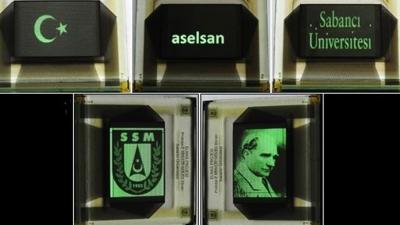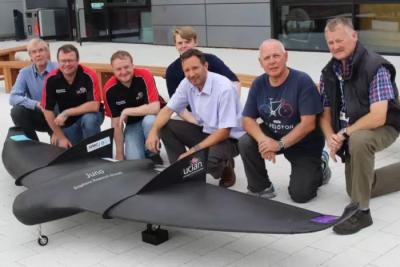Versarien receives graphene order for fire retardant aircraft interior parts
 Versarien has announced that it has received an order for the supply of Versarien's graphene nano platelets to a design and manufacturing company for use in fire retardant aircraft interior parts for a major global airline.
Versarien has announced that it has received an order for the supply of Versarien's graphene nano platelets to a design and manufacturing company for use in fire retardant aircraft interior parts for a major global airline.
The order is for an initial 1 kg of the Company's graphene nano platelets and it is anticipated that further orders will be received to fulfill the end-customers' contract. The specific aircraft interior parts have reportedly gained the necessary certification from a USA-based, Federal Aviation Administration (FAA) certified, fire testing laboratory.




